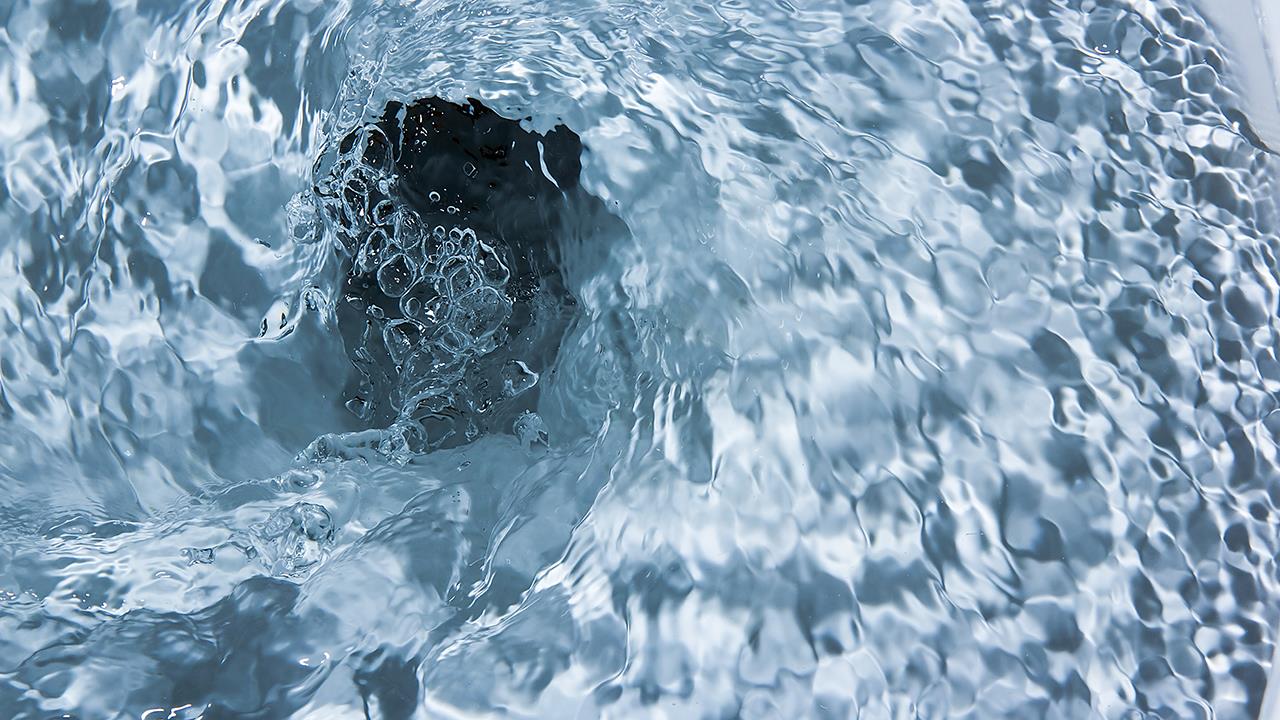

Stuart Cronie, Sales Director at Fluidmaster, discusses cistern fill valves, water saving, blue water, and reducing carbon emissions.
According to Waterwise, about 30% of water used in the home is used to flush the toilet. Choosing the right cistern fill valve can contribute drastically to water saving, as well as maintaining compliance with health and safety, ensuring the wellbeing of property owners and residents. So, what do you need to bear in mind when purchasing a fill valve?
With the spotlight increasingly on environmental issues, reduction of pollution, and energy saving, the unassuming cistern fill valve can have unexpected benefits.
When you’re purchasing a cistern fill valve, it’s worth taking note of the water saving options available. According to the Energy Saving Trust’s At Home with Water report, each UK home uses a staggering 350l of water per day.
Toilets are the second biggest water user in the house, closely following showers. In fact, the report surmised that 48% of homes could make efficiency improvements to their toilets.
Considering these figures, there is huge potential to save water through flushing alone. A delayed fill valve, for example, can reduce the amount of water used per flush by up to 1l. And, taking into account that the average household flushes the toilet 4,600 times a year, that’s a lot of water to be saved!
Of course, because water usage creates carbon emissions, using less water helps impact positive changes through water and money saving, as well as the aforementioned carbon reduction.
Choosing the right fill valve is an important factor in eliminating backflow problems, including the recently recognised issue of blue water. Even though blue water isn’t a hugely common occurrence, it is something which plumbers and water companies have become more vigilant of in recent years.
Water company guidance issued in 2019 will drive changes in toilets and toilet-related products to ensure compliance with health and safety requirements and to prevent infrequent, but important, issues around blue water.
Blue water is a visual indication of backflow, when fluid coloured by a blue loo block in a toilet cistern re-enters the main supply pipe.
In early 2019, water companies issued new guidance on the subject of the blue water cistern backflow problem.
The problem was first identified after complaints arose of blue water coming out of taps. Investigations revealed that, in certain conditions, blue water created by cistern cleaning tablets was able to flow back into the main supply pipe and contaminate water supplies.
A fixed height valve would produce complexity and uncertainty for the installer and the customer, specifically because a different height could be needed for each toilet system and suppliers would have to stock a huge number of variations.
So, to avoid the problems created by fixed height valves and ensure a ‘one size fits all’ option, the best solution when replacing a cistern fill valve is to select an adjustable height, bottom entry fill valve.
A modifiable height system allows use in virtually all cisterns on the market, meaning that a replacement valve can be stored on the van for emergency use when needed, which is guaranteed to fit virtually every available toilet cistern.
For ease of installation, it’s important to opt for a valve with simple adjustment options and ensure that fine tuning of the float can be achieved to attain the water level desired. This is one of the vital steps in avoiding issues created by backflow.
To prevent backflow problems, including blue water, the minimum Type AG airgap to remain compliant within a UK toilet cistern must be 28mm (or twice the internal diameter of the pipe, whichever is greater). Type AG refers to an air gap arrangement with a minimum size circular overflow.
So, when installed correctly, at maximum water level, the importance of the air gap is that the water level never reaches the outlet port of the valve.
The air gap prevents the blue water and cross contamination by stopping any of the water within the tank getting back into the main supply.
If you'd like to keep up-to-date with the latest developments in the heating and plumbing industry, why not subscribe to our weekly newsletters? Just click the button below and you can ensure all the latest industry news and new product information lands in your inbox every week.